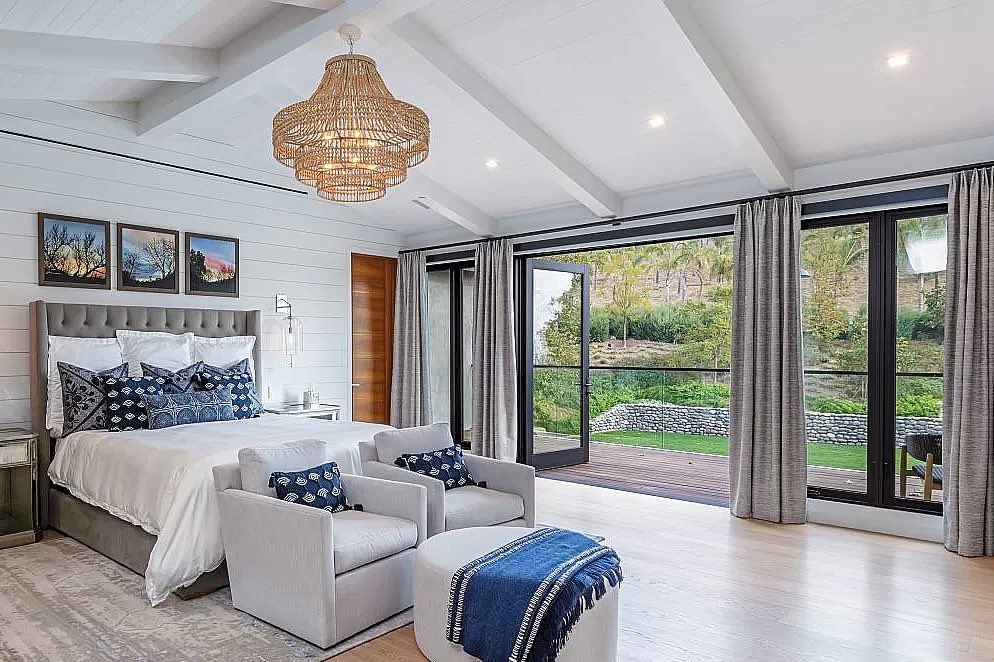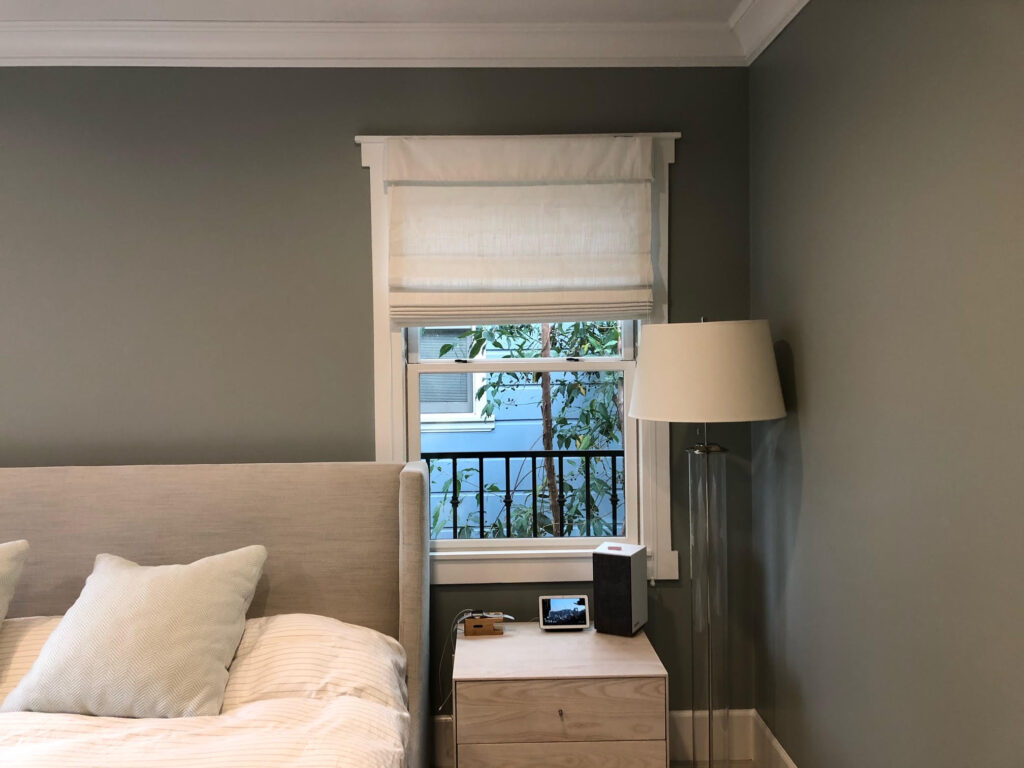Your Bedroom Windows Could Be Depriving You of Quality Sleep
“I just don’t feel rested even after a full night’s sleep.”
In this hectic day and age, so many people utter those words. We know about moving the TV out of our room, avoiding blue light from electronics, and things of that type, but we wanted to talk a little bit about the light that enters your room and even the psychology of the colors you choose.
Light is a big deal.
There’s a reason light interferes with our sleep – our biological “internal clock” registers light or the lack thereof and cues all sorts of triggers in our bodies. As we wake up in the morning, light causes chemical changes that result in the warming of our bodies, and lower melatonin levels. As it darkens in the evening, melatonin levels rise and make us sleepy and our body temperature falls, which helps us relax and become less alert.
In fact, research has come out showing that light interference with sleep actually can have some serious negative health ramifications: everything from increased risk of depression, obesity, reproductive health and even cancer.

Window coverings are important factors for a restful night’s sleep.
Temperature:
As we said, cooling your body down in the evening is important for helping stimulate the relaxation that helps you enter into dreamland. Getting too cold, however, actually can be just as detrimental, depriving you of the restful REM sleep entirely. Window coverings help you control the temperature in your room by not allowing excess heat or cold in through your windows, and by not letting your air conditioning or heat literally go out the window.
If you can feel a temperature different on the inside of your windows, it’s important to update those draperies to be a little better for temperature management in your bedroom (and better for your wallet too!).
Light:
Making sure your draperies, shades or blinds can block out light entirely can help make sure that your bedroom is the perfect environment for truly restful sleep by respecting your body’s need for darkness at sleep time. If you work night shifts or even if the streetlight outside is bright and shines into your room, controlling the light is even more important to your design choices.
For simplicity, our automation options allow pre-programmed settings or voice-activated opening and closing of your draperies or blinds. You can set it up so sunlight comes in a few minutes before your alarm goes off to help you wake up much more naturally with zero effort on your part.
Color:
We all know some basics of color psychology – blue is calming, red is powerful and so on. But it’s actually more than just aesthetics – it can have a direct impact on your ability to relax or be productive in a room. When choosing a color palette for your room and window coverings, make sure it’s colors that say “relaxation” to you.
Travelodge studied 2,000 British homes and found that those who slept in a blue bedroom were getting the most sleep every night, as the color helps reduce blood pressure and heart rate – both essential in getting a good night’s sleep. The other favorable colors were certain shades of yellow, green, silver and orange.

Now, we’re not saying that you have to have a blue bedroom with blue blackout draperies and a perfect temperature – but being aware of all of these factors can help you make sure your room is a positive environment for restful sleep. We can help you create a custom design in your bedroom that makes sure all elements are conducive to you getting a good night’s sleep.

